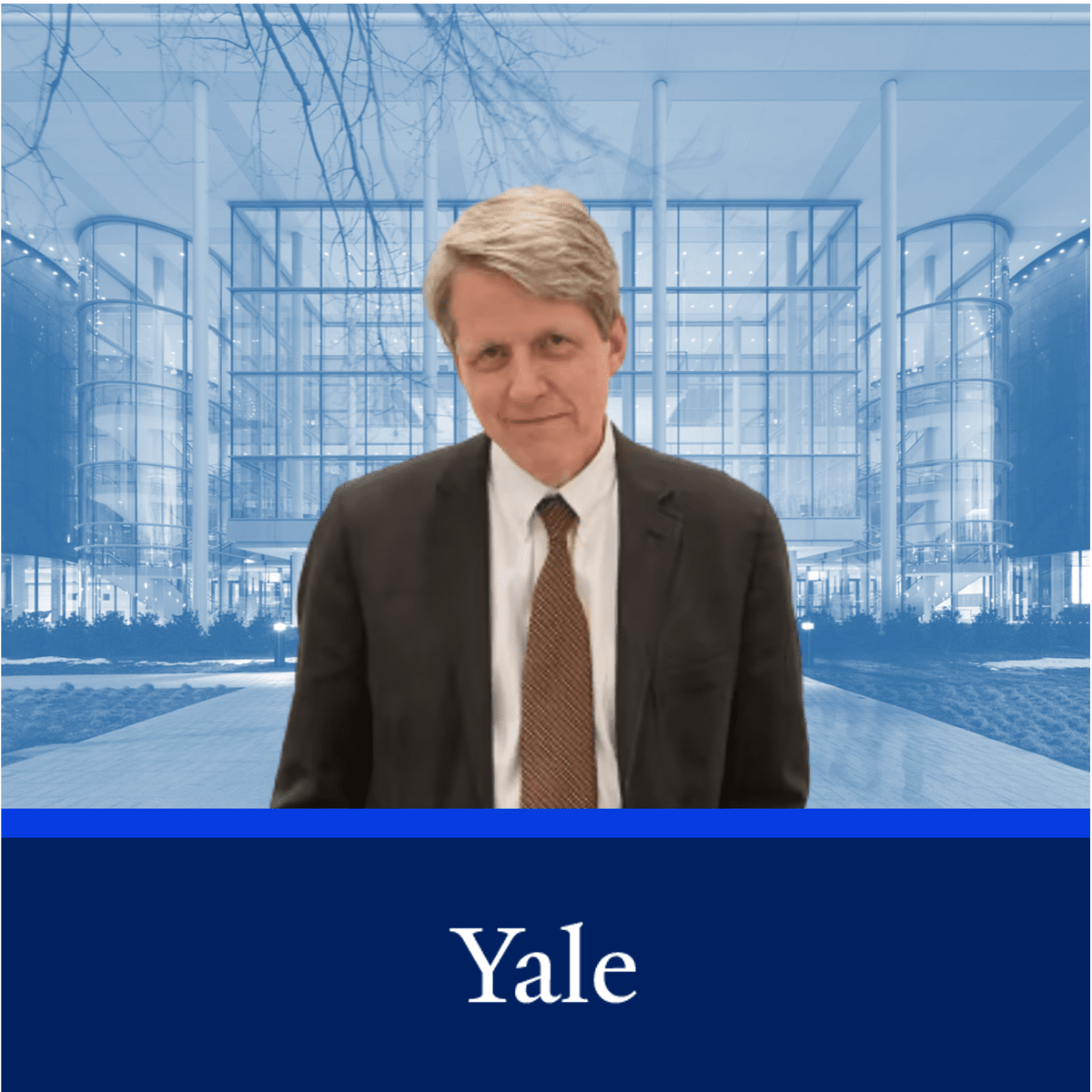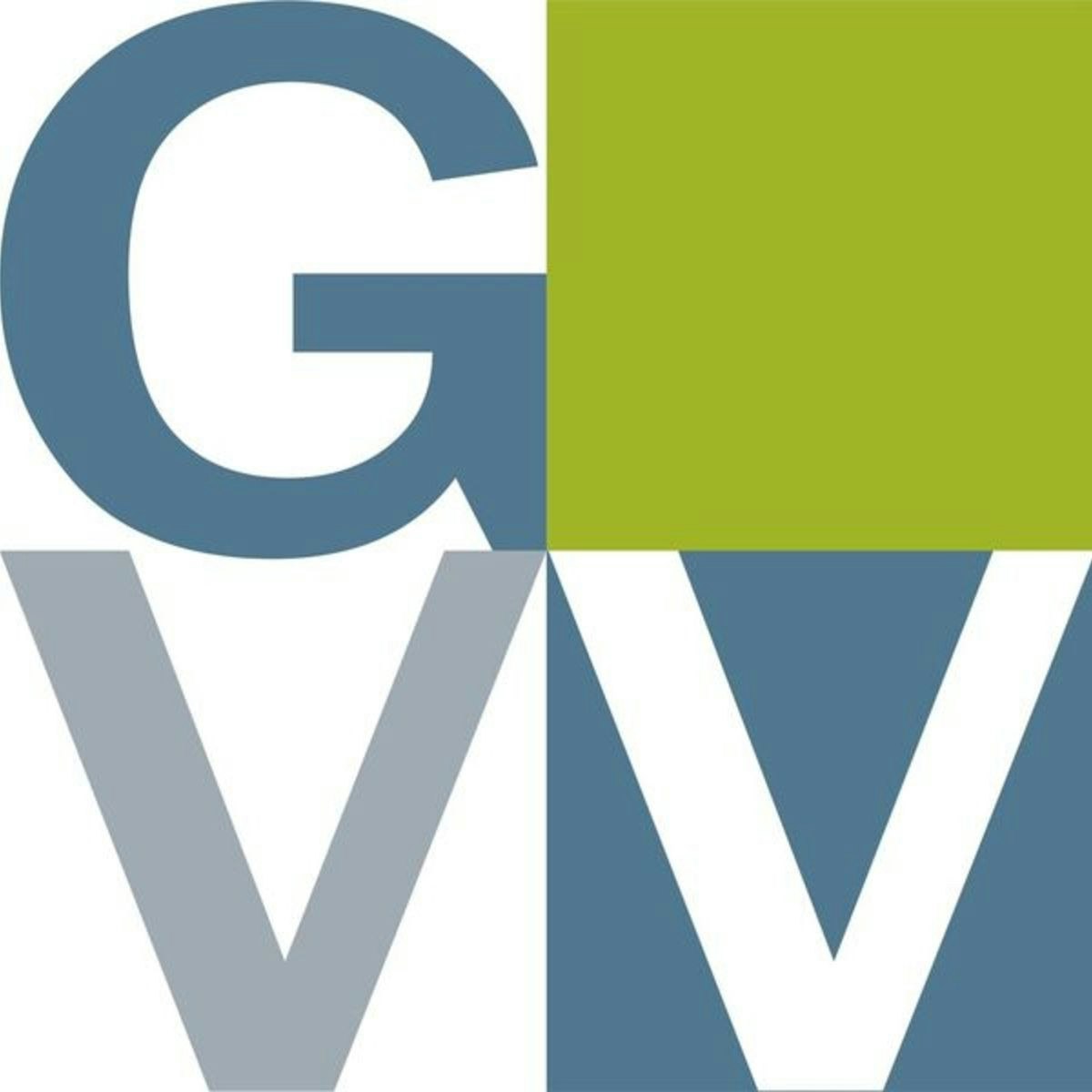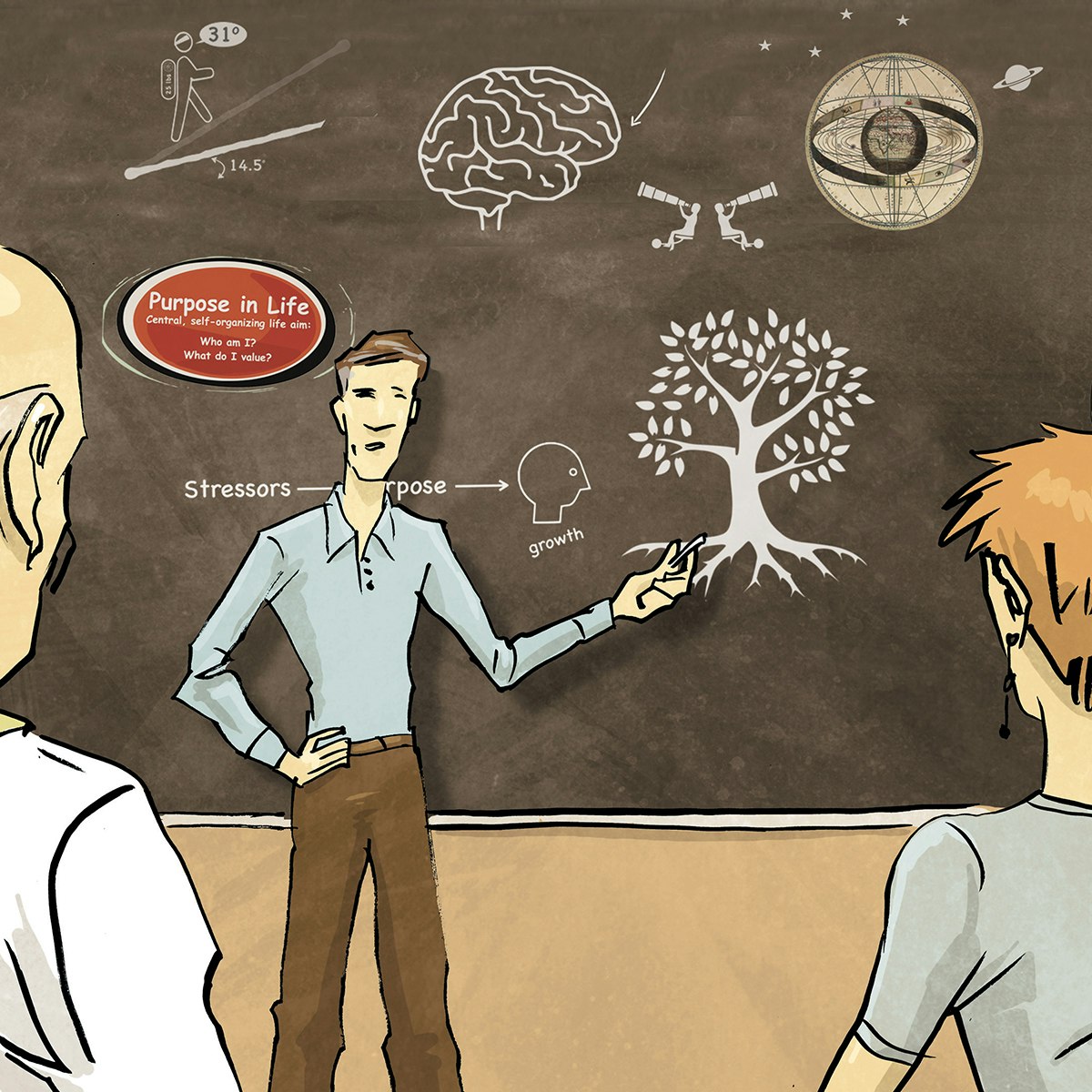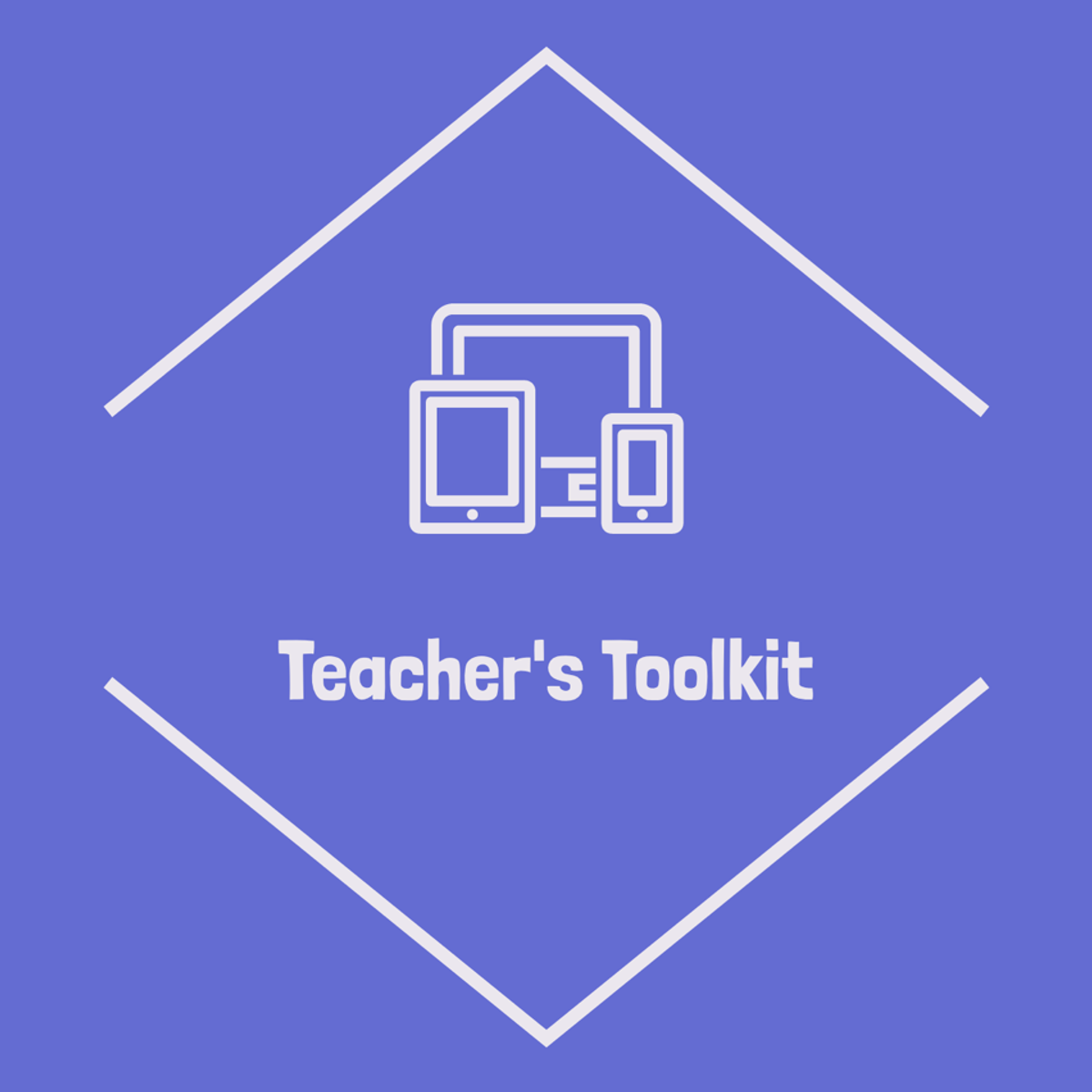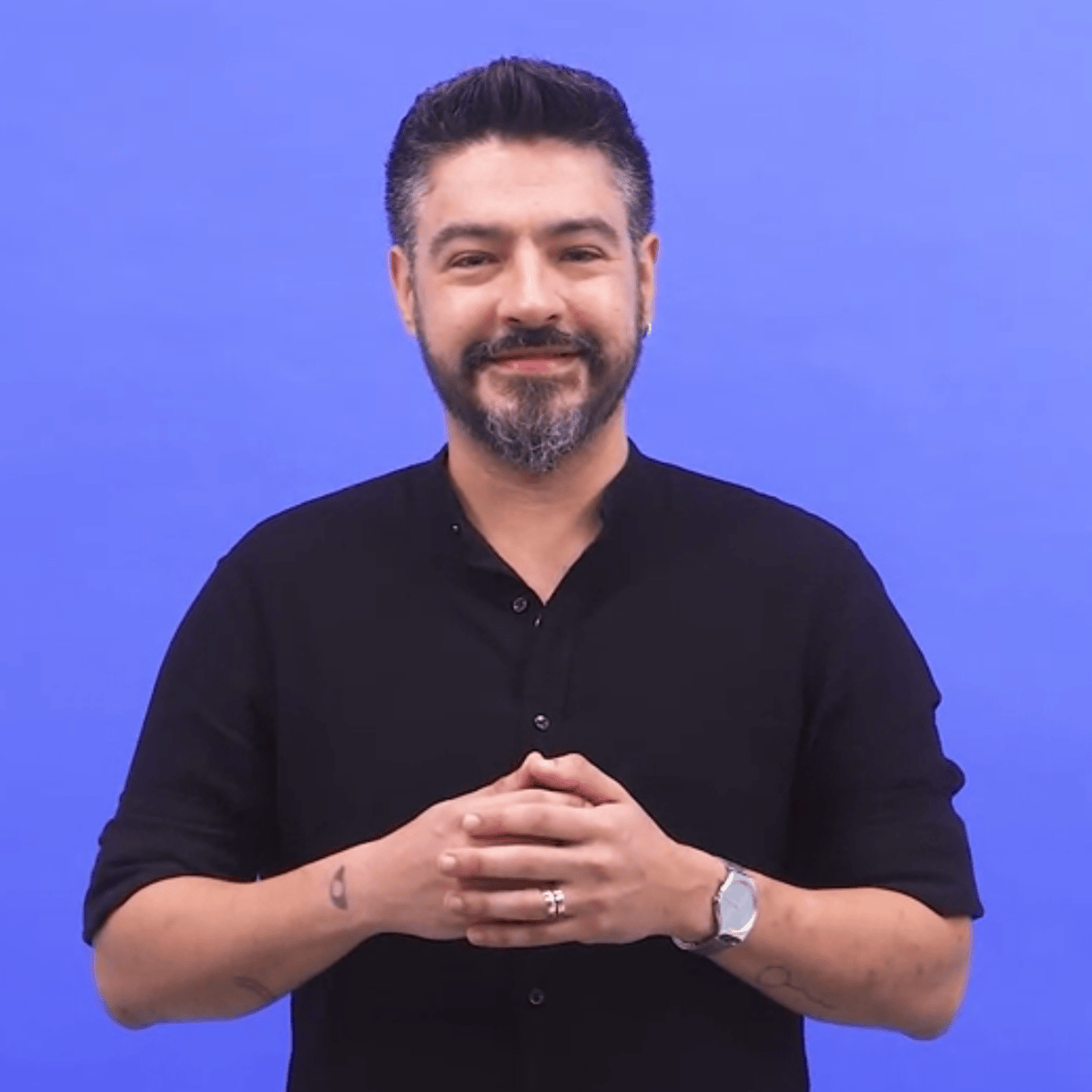Professor
Understanding the Career Path of a Professor
A professor is a senior academic rank held by educators and researchers at universities and other post-secondary institutions. They are experts in their field, responsible for advancing knowledge through research, disseminating it through teaching, and contributing to the academic community through service. The role has evolved over centuries, from the medieval masters of guilds to the modern-day multifaceted scholars navigating complex research landscapes and diverse student bodies.
Working as a professor often involves the deep intellectual engagement of exploring complex questions within a chosen discipline. It offers the opportunity to mentor students, shape future generations of thinkers, and contribute original research that expands the boundaries of human understanding. The autonomy to pursue research interests and the dynamic environment of a university can be deeply rewarding aspects of the profession.
Introduction to the Role of Professor
Defining the Professor
At its core, a professor is an expert teacher and researcher operating within a higher education setting. They hold advanced degrees, typically a doctorate (Ph.D. or equivalent), signifying mastery over a specific field of study. Their primary function is to educate students at the undergraduate and graduate levels, guiding them through complex subjects and fostering critical thinking.
The historical roots of the professorship trace back to medieval European universities, where "professor" denoted someone authorized to teach a particular subject. Over time, the role expanded beyond mere instruction to encompass scholarly research and publication as central tenets. Today, professors are expected not only to teach but also to actively contribute new knowledge to their fields.
Modern professors often specialize intensely within their disciplines, dedicating years to understanding niche areas. This specialization allows them to push the frontiers of knowledge but also requires continuous learning and adaptation as fields evolve. Their work underpins the intellectual mission of universities worldwide.
Purpose in Academia and Society
Professors serve a vital purpose within the academic ecosystem. They are the primary creators and disseminators of advanced knowledge, training the next generation of scholars, professionals, and informed citizens. Through their research, they address critical societal challenges, drive innovation, and enrich cultural understanding.
Beyond the classroom and laboratory, professors contribute to society by sharing their expertise through public lectures, publications, and consultations. They often engage in public discourse, offering informed perspectives on complex issues and contributing to policy debates. Their work helps bridge the gap between specialized academic knowledge and broader public understanding.
Universities, with professors at their heart, function as repositories of knowledge and engines of societal progress. They cultivate critical thinking, foster intellectual curiosity, and provide a space for open inquiry and debate, all largely facilitated by the professoriate.
These courses provide insight into the diverse fields professors engage with, from humanities and social sciences to STEM.
These books delve into foundational texts and broad literary surveys, reflecting the depth of knowledge professors cultivate.
Distinguishing Professors from Other Academic Roles
The title "professor" typically denotes a specific rank within a hierarchy that includes roles like instructor, lecturer, assistant professor, and associate professor. While all may teach, the title "Professor" (often "Full Professor") usually signifies the highest rank, achieved after significant contributions to research, teaching, and service, often accompanied by tenure.
Instructors and lecturers often focus primarily on teaching, particularly at the undergraduate level, and may or may not be required to conduct research. Their positions might be temporary or contract-based, lacking the permanence and research expectations associated with tenure-track professorships.
Research associates or postdoctoral fellows primarily conduct research, often under the supervision of a professor, and typically have limited teaching responsibilities. These roles are usually temporary steps towards securing a faculty position or transitioning into industry research. Understanding these distinctions is key to navigating the academic career landscape.
Path to Becoming a Professor
The Doctoral Journey
The most common pathway to becoming a professor begins with earning a Doctor of Philosophy (Ph.D.) or an equivalent terminal degree in one's chosen field. This rigorous academic pursuit typically involves several years of advanced coursework, comprehensive examinations to demonstrate mastery of the subject area, and original research culminating in a dissertation.
The Ph.D. program is designed to train individuals not just as experts, but as independent researchers capable of contributing original knowledge. The dissertation, a substantial piece of scholarly work, represents this capability. The length and nature of Ph.D. programs vary significantly across disciplines and countries, often taking anywhere from four to eight years or more to complete.
Securing admission to a reputable Ph.D. program is competitive, often requiring a strong undergraduate record, research experience, compelling letters of recommendation, and standardized test scores (like the GRE). Financial support often comes through teaching assistantships, research assistantships, or fellowships, which also provide valuable experience.
Developing strong academic writing and research skills is crucial during doctoral studies. Online courses can supplement formal training in these areas.
These topics are central to the doctoral experience.
Postdoctoral Research Experience
In many fields, particularly the sciences and sometimes humanities, a postdoctoral research position ("postdoc") is a common step after earning a Ph.D. Postdocs are temporary research positions, typically lasting two to five years, allowing new Ph.D.s to deepen their research expertise, publish scholarly articles, and build their academic network.
A postdoc provides an opportunity to work under the guidance of an established professor, often on projects different from one's dissertation research. This experience strengthens a candidate's research portfolio, making them more competitive for faculty positions. It's a period of intense research productivity and professional development.
While not universally required across all disciplines (less common in some humanities fields, for example), postdoctoral experience is increasingly expected in competitive job markets. It demonstrates continued research activity and the ability to secure funding or contribute to funded projects.
Advanced courses can help researchers stay current in specialized fields during their postdoc or Ph.D.
Tenure-Track vs. Non-Tenure-Track Pathways
Academic positions generally fall into two categories: tenure-track and non-tenure-track. Tenure-track positions (Assistant Professor, Associate Professor, Full Professor) offer the possibility of earning tenure, a long-term contract granting academic freedom and job security after a probationary period (typically 5-7 years).
The tenure process involves rigorous evaluation of a candidate's research productivity (publications, grants), teaching effectiveness, and service contributions. Achieving tenure is a major milestone, signifying recognition as an established scholar and educator. However, tenure-track positions are highly competitive and limited in number.
Non-tenure-track positions include roles like lecturers, instructors, adjunct professors, visiting professors, and research associates. These positions often focus more heavily on teaching or research, may be temporary or contract-based, and generally offer less job security and lower compensation than tenure-track roles. The prevalence of non-tenure-track appointments has grown significantly in recent decades.
Understanding the differences between these pathways is crucial for aspiring academics navigating the job market. Consider exploring resources on career development to better understand these paths.
Core Responsibilities of Professors
Teaching and Mentorship
Teaching is a fundamental responsibility of most professors. This involves designing courses, delivering lectures, leading seminars or laboratory sessions, grading assignments, and mentoring students. The nature and amount of teaching vary significantly based on the type of institution (e.g., research university vs. liberal arts college) and the professor's rank and field.
At research-intensive universities, professors might teach fewer courses but are expected to mentor graduate students, guiding their research and professional development. At teaching-focused institutions, the course load might be heavier, with a greater emphasis on undergraduate education and pedagogical innovation.
Effective teaching requires not only expertise in the subject matter but also strong communication skills, pedagogical knowledge, and the ability to engage diverse learners. Many professors find teaching and mentoring to be among the most rewarding aspects of their careers.
Online courses offer valuable training in modern teaching methodologies and curriculum development.
This book offers practical advice for enhancing teaching effectiveness.
Explore key concepts in effective pedagogy.
Research and Scholarly Publication
Generating original research and contributing to the body of knowledge in their field is a core expectation for most professors, especially those on the tenure track. This involves identifying research questions, designing studies, collecting and analyzing data, and interpreting findings.
Disseminating research findings through peer-reviewed publications (journal articles, books, conference papers) is crucial. The peer-review process involves submitting work to experts in the field for evaluation, ensuring quality and rigor. Publication records are a key metric used in hiring, promotion, and tenure decisions.
Securing research funding through grants is also vital in many disciplines, particularly the sciences and engineering. Grant writing is a specialized skill requiring professors to articulate the significance of their research and propose a feasible plan for execution. Research demands significant time, intellectual energy, and perseverance.
These courses focus on the skills needed for academic research and dissemination.
These topics are fundamental to the research process.
Service to the University and Profession
Professors are also expected to contribute service to their department, university, and broader academic discipline. Departmental service might include participating in faculty meetings, curriculum development, student advising, and serving on hiring or promotion committees.
University-level service can involve sitting on committees related to academic standards, research ethics, faculty governance, or strategic planning. These roles contribute to the overall functioning and administration of the institution.
Service to the profession often includes peer-reviewing manuscripts for journals or grant proposals for funding agencies, organizing academic conferences, and holding leadership positions in professional organizations. While often less visible than teaching and research, service is an essential component of academic citizenship.
These courses touch upon aspects relevant to academic service, such as communication and collaboration.
Career Progression and Promotion Criteria
The Academic Ladder: Assistant to Full Professor
The traditional tenure-track progression involves advancing through ranks: Assistant Professor, Associate Professor, and Full Professor. Newly hired faculty typically start as Assistant Professors. This rank is probationary, usually lasting 5-7 years, during which the individual must demonstrate excellence in research, teaching, and service to earn tenure.
Promotion to Associate Professor usually coincides with the granting of tenure. This signifies that the individual has established a strong record of scholarly achievement and is recognized as a significant contributor to their field and institution. It marks a transition from probationary status to a more permanent faculty position.
The final rank, Full Professor, recognizes sustained excellence and leadership in research, teaching, and service over a significant period. Achieving this rank often requires demonstrating national or international recognition in one's field and substantial contributions to the university and discipline. The timeline for promotion varies, but typically occurs several years after achieving tenure.
Consider exploring professional development resources to understand the nuances of academic career advancement.
The Tenure Evaluation Process
The tenure review is a comprehensive evaluation of an Assistant Professor's performance during their probationary period. It typically occurs in the fifth or sixth year of appointment. The candidate prepares an extensive dossier documenting their accomplishments in research (publications, grants, impact), teaching (course evaluations, syllabi, pedagogical innovations), and service (committee work, professional activities).
This dossier is reviewed internally by departmental colleagues, the department chair, college-level committees, deans, and university administrators. A crucial component is external review, where prominent scholars in the candidate's field from other institutions are asked to evaluate the quality and impact of the candidate's research.
The decision to grant tenure is based on the collective assessment of these reviews against the institution's specific criteria for promotion and tenure. A positive tenure decision grants significant job security and academic freedom. A negative decision typically means the faculty member must seek employment elsewhere.
Understanding the criteria and expectations early is vital. Mentorship plays a key role.
Alternative Academic Appointments
Beyond the traditional tenure track, numerous alternative academic roles exist. Adjunct professors are typically part-time faculty hired on a per-course basis, often professionals bringing practical experience to the classroom. Their roles are primarily focused on teaching specific courses, often without research or service expectations.
Lecturers or Instructors may hold full-time or part-time positions focused heavily on teaching, often handling introductory or large-enrollment courses. These positions might be renewable contracts but usually do not lead to tenure. They are crucial for delivering undergraduate education at many institutions.
Visiting Assistant/Associate Professors are temporary appointments, often for one or two years, filling specific teaching needs or providing sabbatical replacements. Research faculty (Research Associates, Research Scientists) hold positions primarily funded by external grants, focusing almost exclusively on research with minimal teaching duties. These roles offer diverse ways to participate in academic life outside the tenure-track structure.
These roles provide different avenues for academic engagement.
These courses explore different facets of academic work relevant to various roles.
Global Academic Job Market Analysis
Supply and Demand Across Disciplines
The academic job market for professors is highly competitive, with significant variations in supply and demand across different fields. Generally, the number of Ph.D. graduates often exceeds the number of available tenure-track positions, particularly in the humanities and social sciences. This imbalance creates a challenging environment for job seekers.
Fields like computer science, engineering, economics, and certain areas of health sciences may experience stronger demand due to industry connections, research funding availability, and societal needs. However, even in high-demand fields, securing a desirable tenure-track position at a top institution remains competitive.
Market conditions can fluctuate based on economic trends, government funding priorities, and shifts in student enrollment patterns. Aspiring academics should research the specific job market dynamics within their chosen discipline and be prepared for a potentially lengthy and challenging job search process. Data from organizations like the Bureau of Labor Statistics provides insights into overall trends for postsecondary teachers.
These courses delve into economic principles that influence market dynamics.
Understanding these economic concepts provides context for the job market.
Geographic Trends and Emerging Markets
The academic job market is global, but opportunities are unevenly distributed geographically. North America and Western Europe have traditionally housed the largest number of research universities and academic positions. However, competition in these established markets is intense.
In recent decades, significant investment in higher education and research has occurred in parts of Asia (e.g., China, Singapore, South Korea), the Middle East, and Latin America. These regions may offer growing opportunities for academic talent, sometimes with attractive salaries and research support designed to attract international scholars.
Navigating international academic job markets requires understanding differences in academic systems, cultural norms, language requirements, and visa regulations. Mobility and adaptability can be assets for academics seeking positions globally. Global trends reports, like those from the OECD, can offer insights into international education landscapes.
These courses provide perspectives on international and global issues.
Future Trends and Technology's Impact
The future of the professoriate is being shaped by several trends, including the increasing use of technology in teaching and research. Online learning platforms, digital tools, and artificial intelligence are transforming pedagogical approaches and research methodologies. Professors need to adapt to these changes and develop digital literacy skills.
The rise of Open Educational Resources (OER) and Massive Open Online Courses (MOOCs) challenges traditional models of instruction and content delivery. While these technologies offer new opportunities for access and innovation, they also raise questions about the role of faculty and the value proposition of traditional degrees.
Furthermore, budget constraints at many universities, shifts in public perception regarding the value of higher education, and the increasing reliance on non-tenure-track faculty present ongoing challenges. The future academic landscape will likely demand greater flexibility, interdisciplinary collaboration, and engagement with digital technologies from professors.
These courses explore the intersection of technology, AI, and education.
This topic is central to the changing educational landscape.
Ethical Challenges in Academia
Research Integrity and Publication Pressures
Maintaining the highest standards of research integrity is paramount in academia. Professors face ethical obligations regarding data collection, analysis, authorship, and reporting findings accurately. However, intense pressure to publish ("publish or perish") to secure tenure, promotion, and grants can sometimes create incentives for misconduct, such as data fabrication, falsification, or plagiarism.
Ethical dilemmas can also arise in collaborative research regarding authorship credit, data sharing, and intellectual property. Navigating these issues requires a strong ethical compass, clear communication among collaborators, and adherence to institutional and disciplinary guidelines.
Universities and funding agencies have established policies and procedures to promote research integrity and investigate allegations of misconduct. Training in the responsible conduct of research is increasingly common and essential for all academics.
This book explores the roots of ethical lapses.
These courses address ethical leadership and values.
Funding Sources and Potential Conflicts of Interest
Research funding often comes from various sources, including government agencies, private foundations, and industry partners. While essential for advancing knowledge, funding relationships can sometimes create potential conflicts of interest, real or perceived.
For example, research funded by a company might raise questions about objectivity if the findings could benefit the funder commercially. Professors must be transparent about funding sources and manage potential conflicts according to institutional policies. This often involves disclosure in publications and presentations.
Ethical considerations also extend to the allocation of resources within labs or research groups and ensuring equitable treatment of students and staff involved in funded projects. Maintaining independence and prioritizing scientific rigor over external pressures is critical.
These courses delve into the broader context of societal and economic factors influencing academia.
Mental Health and Well-being in Academia
The academic profession, while rewarding, can also be demanding and stressful. Long hours, job insecurity (especially early career), intense competition, publication pressures, and evaluation anxieties can take a toll on mental health and well-being.
Issues like imposter syndrome, burnout, and work-life imbalance are commonly reported among academics. Creating a supportive and healthy academic culture requires attention from individuals, mentors, departments, and institutions.
Promoting well-being involves fostering collegiality, providing adequate mentoring, ensuring reasonable workloads, offering mental health resources, and encouraging open conversations about the challenges of academic life. Prioritizing self-care and seeking support when needed are crucial for navigating the pressures of the profession sustainably.
These resources address personal well-being and psychological concepts.
Digital Transformation in Teaching
Hybrid and Online Instruction Models
The integration of digital technology has significantly impacted teaching methods. Hybrid (or blended) learning models combine face-to-face instruction with online components, offering flexibility and leveraging digital tools for activities, assessments, and resources. Fully online courses have also become widespread, expanding access to education.
Professors increasingly need skills in designing and facilitating effective online and hybrid learning experiences. This includes using Learning Management Systems (LMS), creating engaging digital content, fostering online discussions, and adapting assessment strategies for virtual environments.
The shift towards digital instruction requires ongoing professional development and institutional support. While offering benefits like flexibility and accessibility, designing high-quality online and hybrid courses demands careful planning and pedagogical expertise to ensure student engagement and learning outcomes.
These courses provide training in online and technology-enhanced teaching.
This book explores using technology effectively in education.
Adoption of Open Educational Resources (OER)
Open Educational Resources (OER) are teaching, learning, and research materials in any medium – digital or otherwise – that reside in the public domain or have been released under an open license permitting no-cost access, use, adaptation, and redistribution. Examples include open textbooks, course modules, videos, and software.
The OER movement aims to increase access to educational materials, reduce costs for students (particularly textbook expenses), and empower educators to customize and share resources. Many professors are exploring and adopting OER in their courses, contributing to a more open and equitable educational landscape.
Using OER requires evaluating the quality and suitability of materials, understanding open licensing terms, and sometimes adapting resources to fit specific course needs. Institutions are increasingly supporting OER initiatives through grants, workshops, and library resources.
These courses focus on using digital tools and resources in education.
AI-Assisted Research and Teaching Tools
Artificial intelligence (AI) is rapidly emerging as a powerful tool in both research and teaching. In research, AI can assist with data analysis, literature review, pattern recognition, and hypothesis generation, accelerating the pace of discovery in various fields.
In teaching, AI tools offer potential for personalized learning experiences, automated grading, intelligent tutoring systems, and generating course content drafts. Tools like ChatGPT are prompting educators to rethink assessment strategies and consider how AI can augment, rather than replace, critical thinking and writing skills.
Professors need to engage critically with AI, understanding its capabilities and limitations, ethical implications (e.g., bias in algorithms, academic integrity), and potential impact on their disciplines and pedagogy. Developing AI literacy is becoming increasingly important for navigating the future of academia.
Explore the use of AI in educational settings with these courses.
Alternative Career Pathways
Transitioning to Industry Research Roles
The advanced research skills, analytical abilities, and deep subject matter expertise developed during doctoral and postdoctoral training are highly valued in various industry sectors. Many Ph.D. holders transition successfully into research and development (R&D) roles outside of academia.
Industries such as pharmaceuticals, biotechnology, technology, finance, energy, and manufacturing employ researchers to drive innovation, develop new products, and solve complex problems. Roles might include Research Scientist, Data Scientist, Quantitative Analyst, or Engineer, depending on the field.
Making the transition often requires adapting academic skills to an industry context, emphasizing project management, teamwork, and communication for non-specialist audiences. Networking, informational interviews, and potentially gaining industry-specific certifications or skills can facilitate this career pivot. The OpenCourser Learner's Guide offers tips applicable to career transitions.
These careers often draw individuals with advanced research training.
Leveraging Academic Expertise in Consulting
Professors possess deep expertise that can be valuable in the consulting world. Consulting firms often hire individuals with advanced degrees for their analytical rigor, problem-solving abilities, and specialized knowledge. Academics may work as subject matter experts or transition into broader management consulting roles.
Opportunities exist across various consulting domains, including strategy, technology, healthcare, finance, and public sector consulting. Some professors engage in consulting part-time alongside their academic roles, while others make a full transition.
Success in consulting requires translating academic expertise into practical business solutions, strong communication and presentation skills, and the ability to work effectively under pressure and in team environments. The pace and focus differ significantly from academic research.
These courses touch upon business modeling and strategy, relevant to consulting.
Science Communication and Public Engagement
For academics passionate about sharing knowledge beyond university walls, careers in science communication, museum curation, policy advising, or non-profit organizations offer fulfilling alternatives. These roles involve translating complex research for broader audiences.
Science writers, journalists, and communicators work for media outlets, research institutions, or government agencies, explaining scientific advancements and their implications. Museum curators develop exhibits and educational programs. Policy advisors leverage research to inform government decisions.
These pathways require strong communication skills (written and oral), an ability to synthesize complex information clearly, and a passion for public engagement. While different from traditional academic roles, they allow individuals to utilize their expertise to educate and influence society.
Developing communication skills is key for these roles.
Frequently Asked Questions
What are typical salary ranges for professors?
Professor salaries vary widely based on factors like rank (Assistant, Associate, Full), field of study, institution type (public/private, research/teaching-focused), geographic location, and years of experience. Generally, salaries increase with rank and are often higher in fields like engineering, computer science, business, and law compared to humanities and arts.
According to the U.S. Bureau of Labor Statistics, the median annual wage for postsecondary teachers was $84,380 in May 2023, but this figure encompasses a broad range of roles and institutions. Data from organizations like the American Association of University Professors (AAUP) provides more detailed salary breakdowns by rank and institution type.
Salaries at private research universities tend to be higher than at public institutions or community colleges. It's important to research salary benchmarks specific to your field and the types of institutions you are considering.
What is the reality of work-life balance in academia?
Achieving work-life balance can be challenging in academia. The demands of teaching, research, service, grant writing, and staying current in one's field often lead to long working hours that extend beyond the traditional 9-to-5 schedule, including evenings and weekends.
The flexibility of the academic schedule – setting one's own research hours, less structured summer months – can be an advantage, allowing for integration of personal life. However, this flexibility can also blur boundaries, making it difficult to disconnect from work. The pressure to be constantly productive, especially before tenure, can exacerbate work-life conflicts.
Strategies for managing balance include setting clear boundaries, prioritizing tasks, effective time management, seeking mentorship, and utilizing institutional resources. The experience varies significantly by individual, field, institution, and career stage.
These courses might offer relevant perspectives on managing workload and well-being.
How do age demographics and academic pedigree affect hiring?
The age demographics of professors vary. While many enter tenure-track positions in their late 20s or 30s after completing Ph.D.s and postdocs, it's also possible to enter academia later in life, sometimes after a career in industry. However, the path often involves significant early-career investment.
Academic pedigree – the reputation of the institution where one earned their Ph.D. – can influence hiring outcomes, particularly for initial tenure-track positions at research-intensive universities. Graduates from top-ranked programs often have an advantage due to perceived quality of training and established networks.
However, pedigree is not the sole determinant. A strong publication record, compelling research agenda, teaching experience, grant success, and fit with the department's needs are also crucial factors. While pedigree can open doors, sustained productivity and contribution are essential for long-term success.
Understanding bias is also relevant in hiring contexts.
Are there opportunities for part-time teaching?
Yes, numerous opportunities exist for part-time teaching in higher education, often referred to as adjunct or sessional positions. Adjunct faculty are typically hired on a per-course, semester-by-semester basis to teach specific classes.
These roles can be appealing for individuals seeking teaching experience, sharing professional expertise, or supplementing income without the full research and service commitments of tenure-track faculty. Many professionals, retirees, and Ph.D. students engage in adjunct teaching.
However, adjunct positions generally offer lower pay per course compared to full-time faculty, limited benefits, and little job security. The increasing reliance on adjunct labor is a significant and often debated trend in higher education finance and labor practices.
What are some emerging interdisciplinary fields?
Academia is increasingly embracing interdisciplinary approaches to address complex problems that transcend traditional disciplinary boundaries. Emerging fields often arise at the intersection of existing disciplines, driven by new technologies, societal challenges, or intellectual synergies.
Examples include areas like bioinformatics (biology and computer science), computational social science (social sciences and data science), digital humanities (humanities and technology), environmental studies (natural sciences, social sciences, humanities), data science, neuroeconomics (neuroscience and economics), and sustainability science.
Pursuing research and teaching in interdisciplinary fields can be intellectually stimulating but may also present challenges in finding suitable departmental homes, navigating established promotion criteria, and securing funding. Nonetheless, these areas represent dynamic frontiers of academic inquiry. Browsing topics on OpenCourser's browse page can reveal these intersections.
Embarking on the path to becoming a professor is a long and demanding journey requiring deep intellectual commitment, resilience, and passion for teaching and discovery. While the academic job market is competitive and the role multifaceted, the opportunity to contribute to knowledge and mentor future generations remains a powerful draw for many. Carefully weigh the challenges and rewards as you consider this unique and impactful career.





















